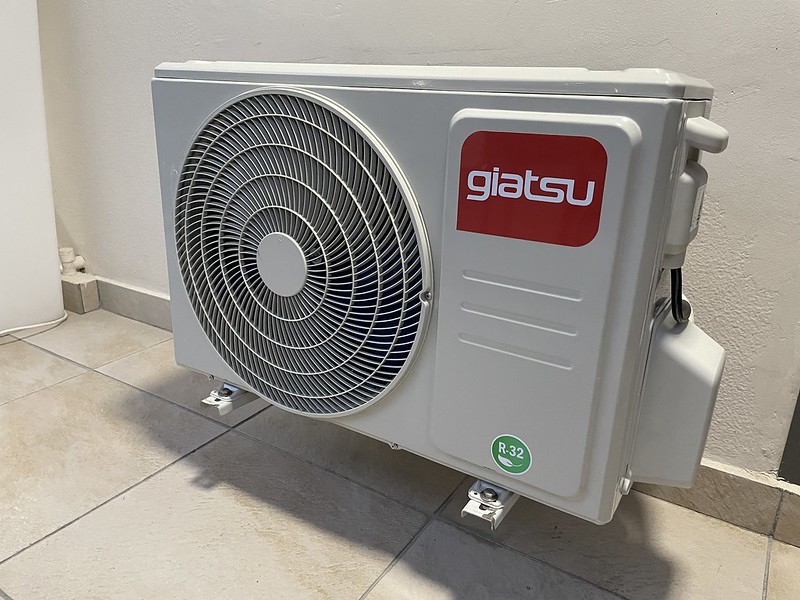Running a mini-split system in a home using batteries requires careful consideration of various factors, including the size of the mini-split, the available sunlight, and the capacity of the batteries. This comprehensive guide will provide you with the technical details and expert-level insights to determine the optimal number of batteries needed to power your mini-split home.
Understanding Mini-Split Power Requirements
Mini-split systems are known for their energy-efficient operation, but they still require a significant amount of power to function effectively. A typical 12,000 BTU mini-split system can consume up to 1,500 watts of power, especially when running at full capacity. This power demand must be met by a battery system that can provide sufficient energy for an extended period.
Calculating Battery Bank Capacity
To determine the number of batteries needed, you must consider the battery’s capacity, measured in amp-hours (Ah), and the voltage of the battery bank. For example, if you have a 48-volt battery bank with a capacity of 200 Ah, you would have a total energy storage capacity of 9,600 watt-hours (Wh).
To calculate the minimum battery bank capacity required to run a 1,500-watt mini-split for four hours, you can use the following formula:
Minimum Battery Bank Capacity (Wh) = Mini-Split Power (W) × Runtime (h) / Conversion Factor
In this case, the conversion factor is typically 0.8, which accounts for the efficiency of the inverter and other system components. Plugging in the values, we get:
Minimum Battery Bank Capacity (Wh) = 1,500 W × 4 h / 0.8 = 6,000 Wh
Based on this calculation, you would need a battery bank with a capacity of at least 125 Ah (6,000 Wh / 48 volts) to run a 12,000 BTU mini-split for four hours. However, it’s recommended to have a larger battery bank to account for variations in power consumption and to ensure the battery bank is not depleted too quickly.
Inverter and Charge Controller Considerations
In addition to the battery bank, you will need an inverter to convert the battery’s DC power to AC power that the mini-split can use. The inverter should have a sufficient power rating to handle the mini-split’s power requirements. Typically, you would want an inverter with a power rating slightly higher than the mini-split’s power consumption.
Furthermore, you will need a charge controller to regulate the charging of the battery bank from the solar panels. The charge controller ensures that the batteries are charged efficiently and prevents overcharging, which can damage the batteries.
Factors Affecting Battery Bank Size
When determining the number of batteries needed, consider the following factors:
-
Mini-Split Size: The power consumption of the mini-split system, typically measured in BTUs or watts, will directly impact the required battery bank capacity.
-
Runtime Requirements: The desired runtime for the mini-split system will determine the minimum battery bank capacity needed. Longer runtimes require larger battery banks.
-
Battery Capacity and Voltage: The capacity (Ah) and voltage of the individual batteries will affect the overall battery bank capacity and the number of batteries required.
-
Depth of Discharge (DoD): It’s recommended to avoid fully discharging the batteries to maintain their lifespan. A typical DoD range is 50-80%, which should be factored into the battery bank sizing.
-
Temperature Conditions: Extreme temperatures can affect battery performance and capacity, so consider the climate conditions in your location.
-
Future Expansion: If you plan to expand your mini-split system or add more loads in the future, it’s wise to size the battery bank with some additional capacity to accommodate future needs.
Practical Example Calculations
Let’s consider a practical example to illustrate the battery bank sizing process:
Suppose you have a 12,000 BTU mini-split system that consumes 1,500 watts of power. You want to run the system for 4 hours and have a battery bank with a 48-volt configuration.
- Minimum Battery Bank Capacity (Wh) = 1,500 W × 4 h / 0.8 = 6,000 Wh
- Minimum Battery Bank Capacity (Ah) = 6,000 Wh / 48 V = 125 Ah
- Considering a 50% DoD, the actual battery bank capacity should be at least 250 Ah (125 Ah / 0.5).
In this case, you would need a battery bank with a minimum capacity of 250 Ah at 48 volts to run the 12,000 BTU mini-split for 4 hours. It’s recommended to have a slightly larger battery bank to account for any variations in power consumption and to ensure the system can run for the desired duration.
Conclusion
Determining the number of batteries required to run a mini-split home is a crucial step in designing an off-grid or backup power system. By considering the mini-split’s power requirements, the battery bank’s capacity and voltage, and the necessary inverter and charge controller, you can ensure your mini-split system operates reliably and efficiently using a battery-based power solution.
Remember to carefully calculate the minimum battery bank capacity, account for factors like depth of discharge and temperature conditions, and leave room for future expansion. With this comprehensive guide, you’ll be well-equipped to determine the optimal number of batteries to power your mini-split home.
Reference:
– YouTube Video: How to Run a Mini-Split on Solar Power
– Reddit Discussion: Run Mini-Split Without Being on the Grid
– Signature Solar: EG4-12K Mini-Split Air Conditioner and Heat Pump

